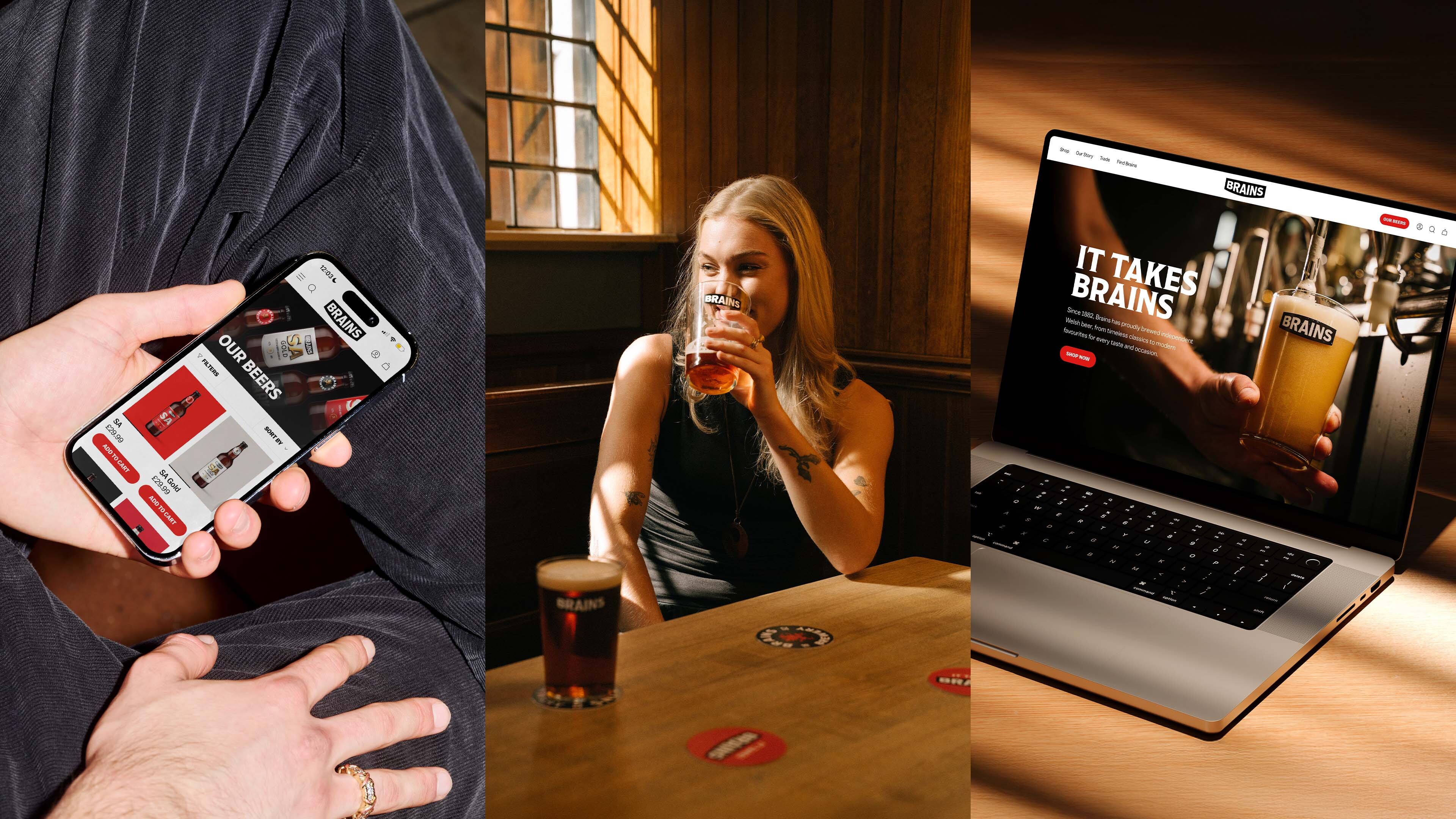Companys invest hundreds of thousands of pounds in bespoke typography, but it is possible to create something a little more cost effective. Here we'll show you how we created a typeface for Cariad Coffee, for a recent branding project.

Custom typefaces help pull a brand together—creating continuity without the need to reuse the logo on every application. Over time they become a vital part of the brand.

After lots of research and even more coffee (you’ve got to fully immerse yourself in the brand right?) we began with the word Cariad—sketching and drawing letters by hand, trying out different brushes and pens and then scanning in different letters and styles to experiment with digitally.

In Illustrator we started tracing the letterforms by hand, roughening the edges and tweaking the angles. Once we had a typographic style we were happy with we used these rough letters to start building the logotype for Caraid Coffee.

Once we had tweaked the logotype we started drawing out the rest of the alphabet; creating a full suite of A-Z letters, numbers and a few pieces of handy punctuation.

We took these individual letters into a piece of software called Glyphs and began creating a custom typeface—Cariad Bold. Glyphs is a really powerful tool and allows an incredible amount of customisation. Each character is setup as an individual component, which allows you control over the spacing, sizing and positioning of each character. You can also adjust the anchor points and tweak the shape of each letter within Glyphs—which means you don't need to keep switching between Illustrator and Glyphs to make adjustments.

Glyphs allowed us to quickly export and test our typeface on real applications. To help add balance to the brand we made two fonts—an all caps bold and light, set in lowercase.

Building a brand tone of voice and visual style is important. Using a custom typeface is a really great way to make something unique and your own, which can help push your brand to the next level.
